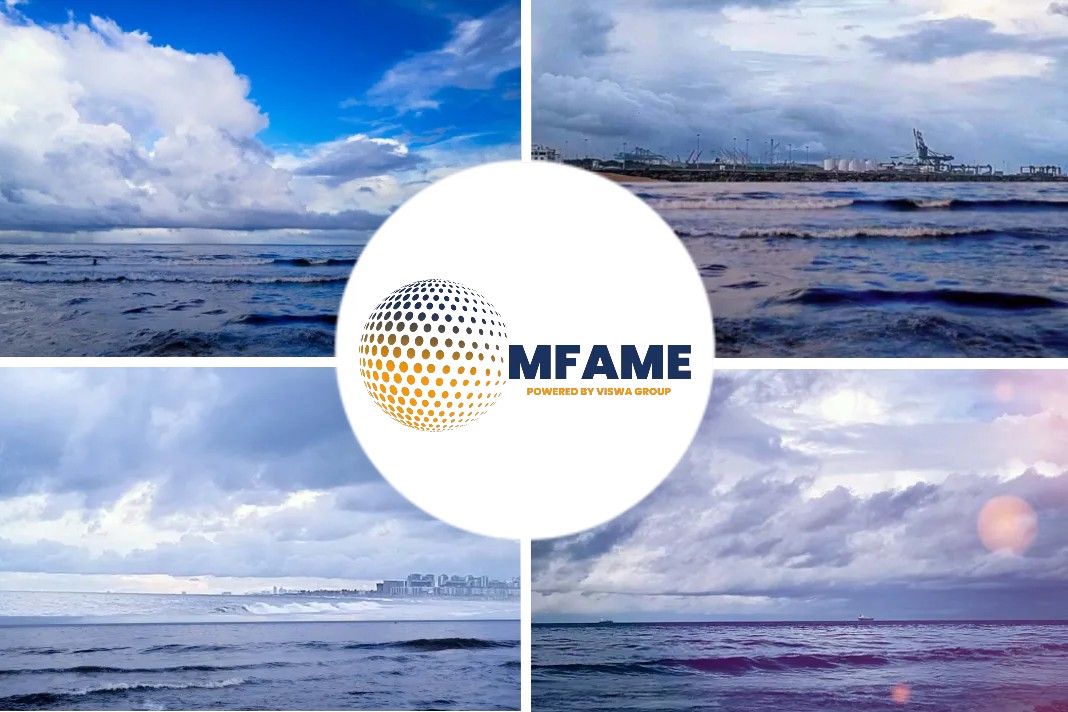
- The total number of ships with alternative fuels ordered in 2022 was 275, excluding battery-operated vessels. LNG led the way with 222 ships or 81% of total orders.
- AFI figures showed methanol was the second-most popular alternative fuel choice, with 35 ships ordered, bringing the total count to 82 ships.
A recent news article published in the Riviera states that box ships grab largest slice of 2022 LNG and methanol orders.
104 new LNG-fuelled ships
DNV commented, “2022 turned out to be almost on par with the record year of 2021 for LNG-fuelled ship orders, which saw 240 LNG-fuelled ships ordered.” LNG-fuelled ships in operation and on order now total 876. 104 new LNG-fuelled ships entered operation during 2022, representing a 41% growth within the sailing fleet.
Eighteen ships capable of running on hydrogen fuel were ordered, ranging from small crew transfer vessels for the offshore wind industry which are built to operate fully on hydrogen, to large cruise vessels installing hydrogen-powered fuel cells that cover a smaller portion of the energy demand on board.
“A diverse portfolio of LNG-fuelled ships was delivered in 2022, with large crude oil tankers in the lead and container ships in second place,” said DNV Maritime Advisory principal consultant Martin Wold. “Far from all are currently operating fully on LNG fuel but there are geographical pockets where LNG is still competitively priced and being bunkered regularly. The underlying growth for LNG fuel is very strong and the market will likely return with a boom at some point, with bunkered volumes expected to triple within a very short time span.”
Mr Wold added, “Looking ahead, we expect 2023 to turn out similarly to 2022 in terms of newbuild orders for alternative fuels. The orders will likely materialise across somewhat different ship types and sizes compared with last year, moving with the newbuild market in general.”
LNG dual fuel
DNV said similar to last year, the majority of ships ordered with alternative fuels in 2023 is expected to be LNG dual fuel. “The elevated price levels for natural gas will continue to delay the widespread adoption of LNG as fuel in the marine industry, however from a big-picture perspective, delivery times for newbuilds aligns well with when global gas and LNG prices are expected to cool down,” a statement accompanying AFI 2022 figures said.
According to Mr Wold’s analysis, orders for methanol dual fuel are also likely to continue, and possibly grow in terms of number of ships. Compared with LNG, methanol fuel systems are less costly and easier both for the yard to fit – in particular on smaller vessels – and for the owners to operate. 2022 was the year in which methanol established itself as an alternative to LNG and engine makers reporting record high interest for methanol capable engines.
He concluded, “Concerns around sourcing and the scalability of green methanol in the short to medium term will remain the main slowing factor here. Whereas the main competition will be between conventional fuels, LNG and methanol in 2023, we expect to see a further positive trend for ordering hydrogen-fuelled ships. We also expect to add the first officially confirmed ammonia-fuelled ship to our AFI database this year.”
Did you subscribe to our newsletter?
It’s free! Click here to subscribe!
Source: Riviera

























